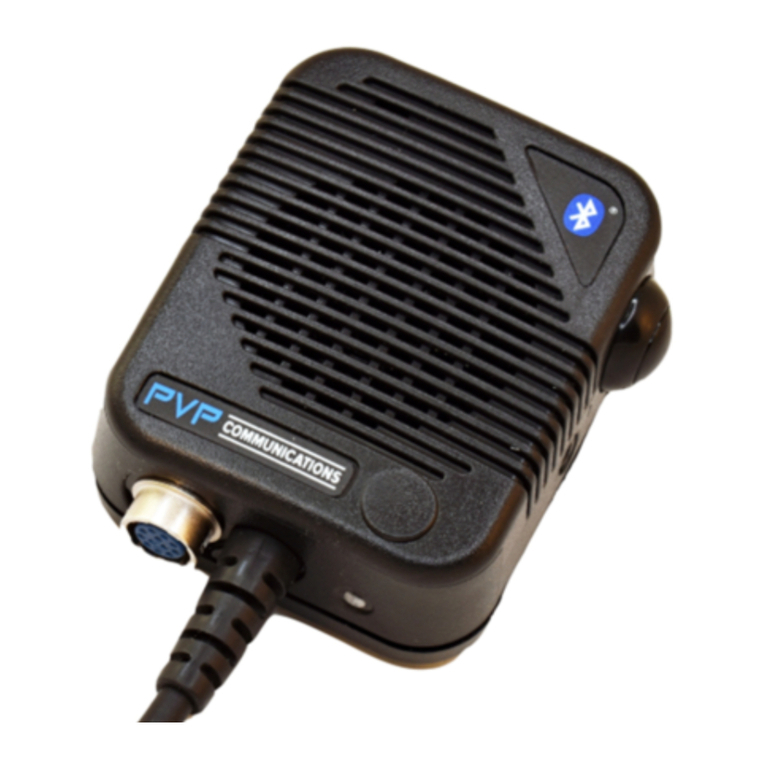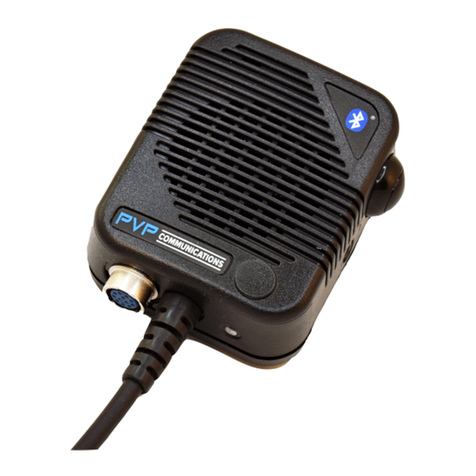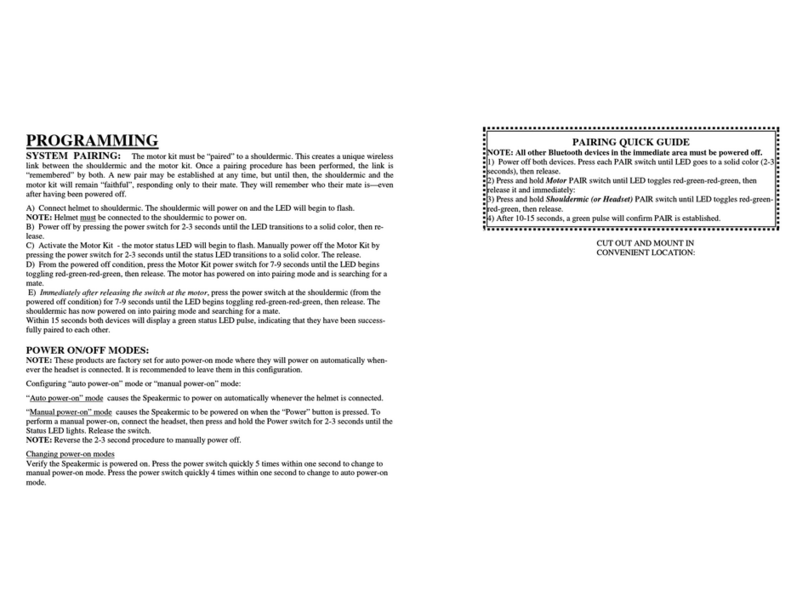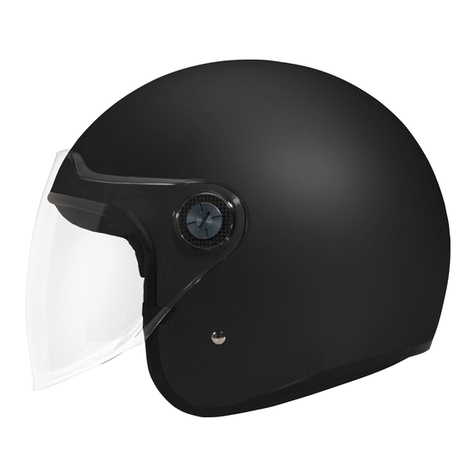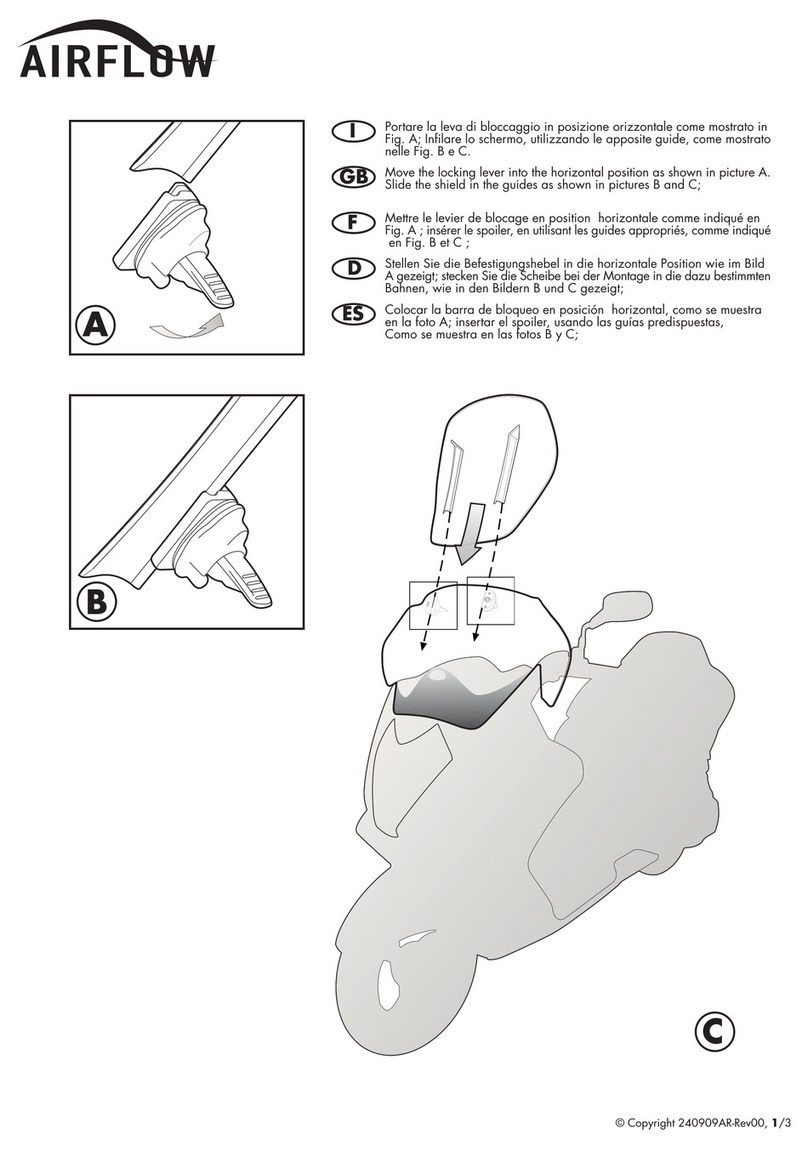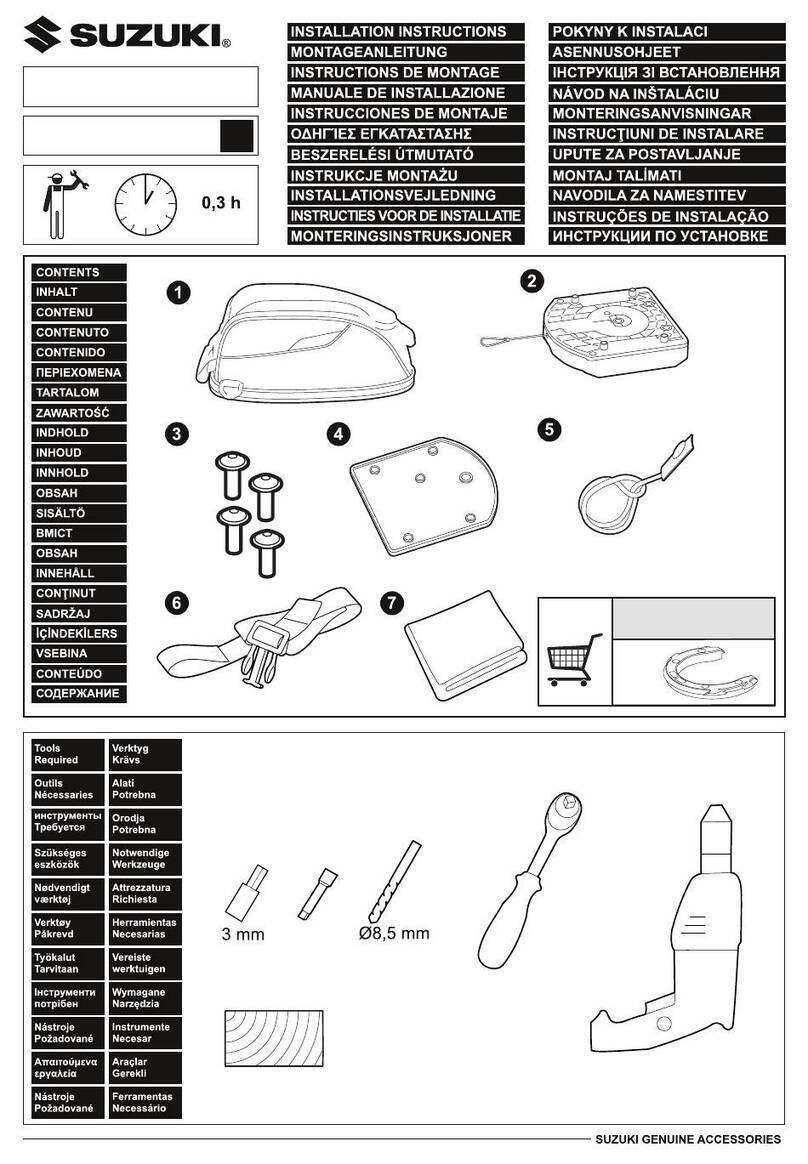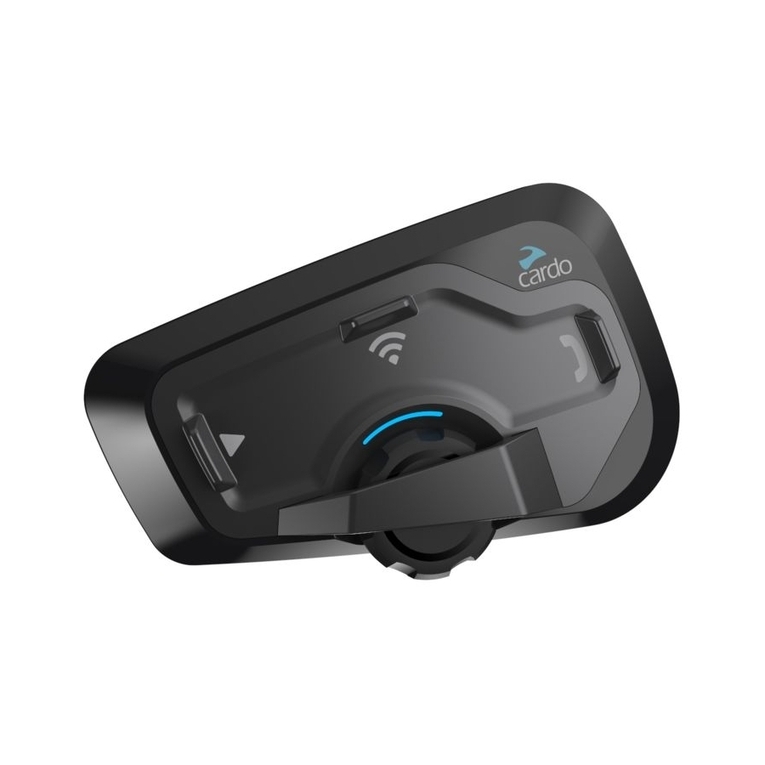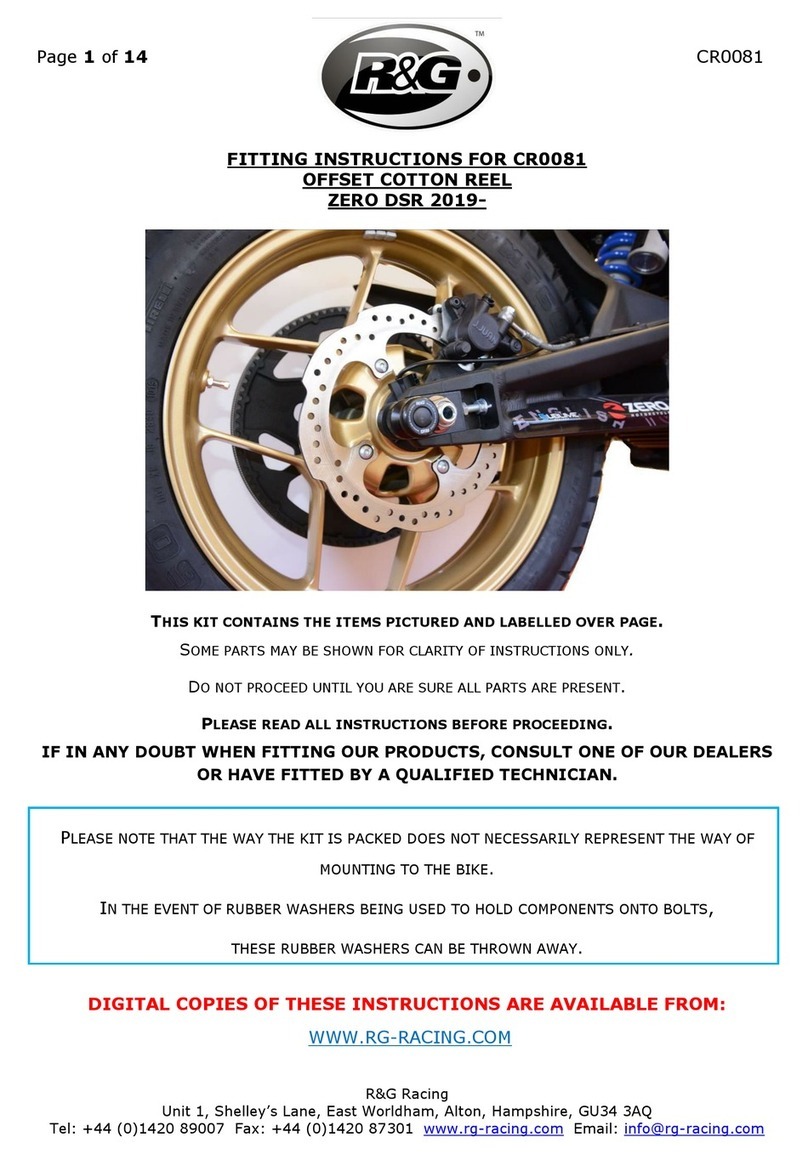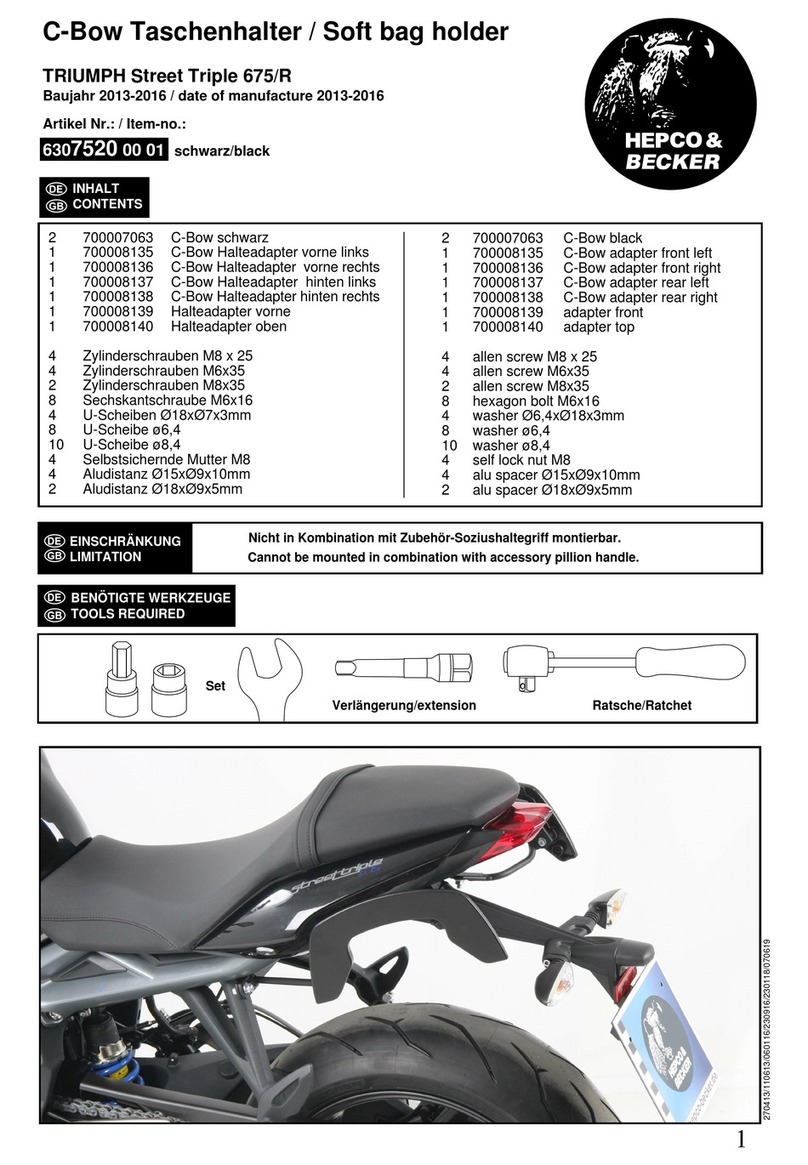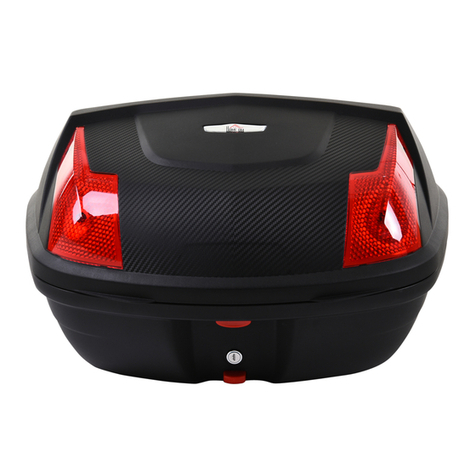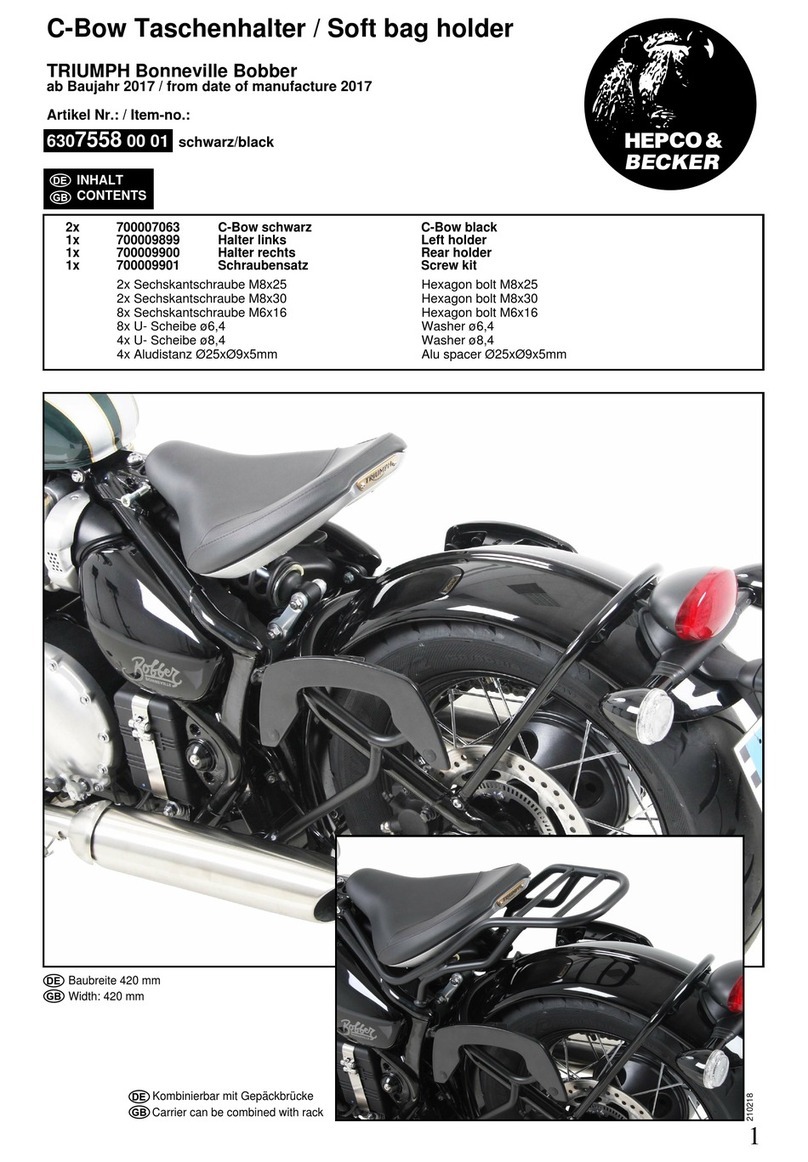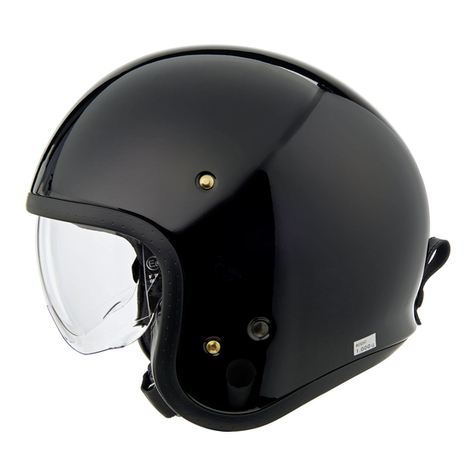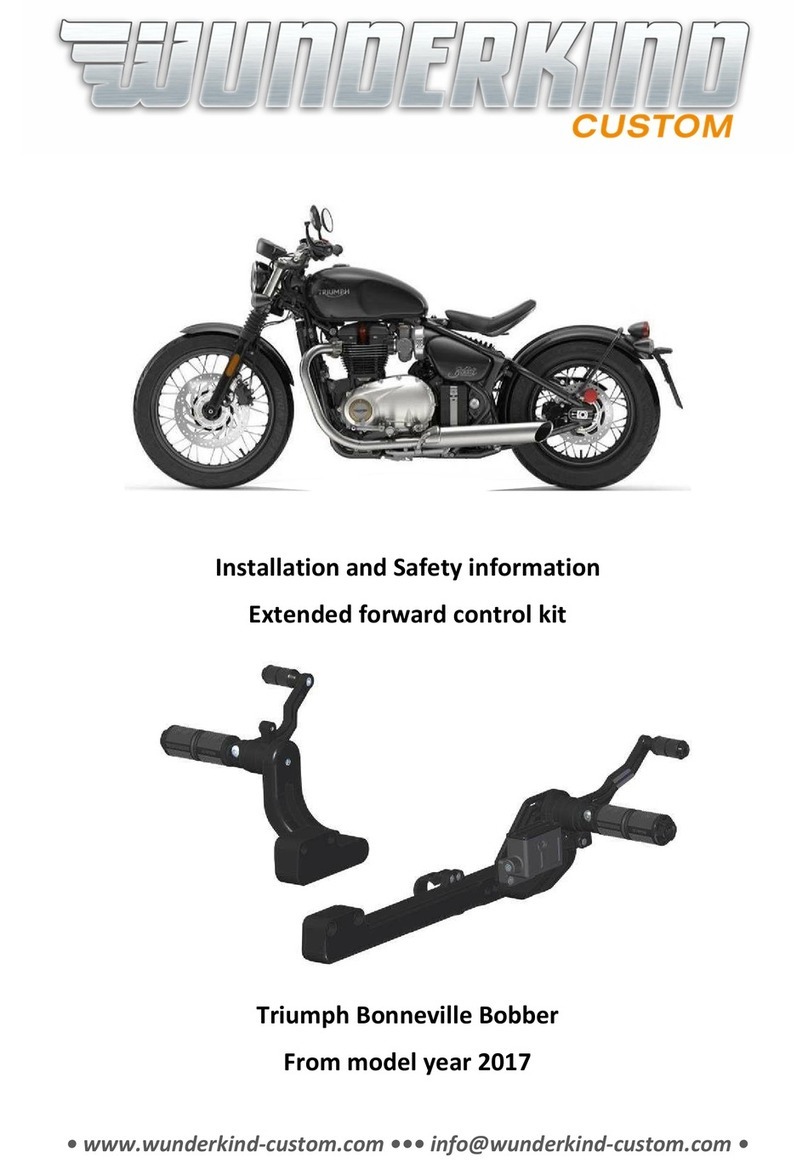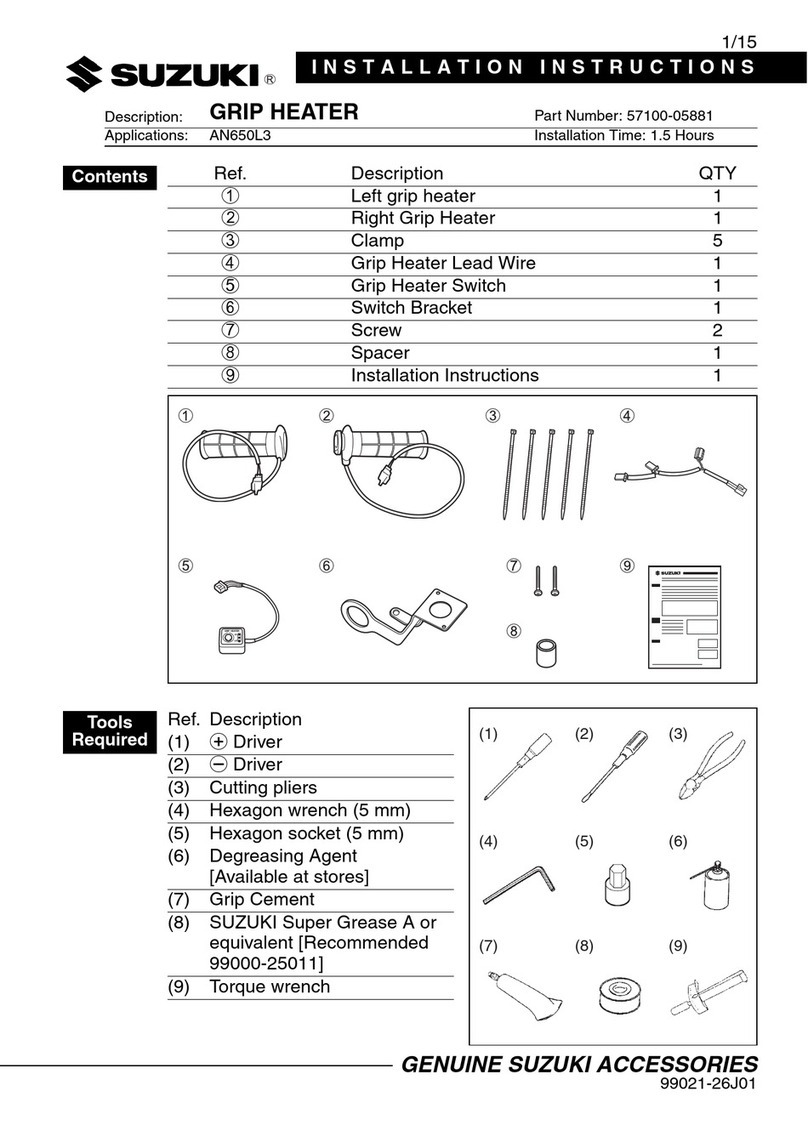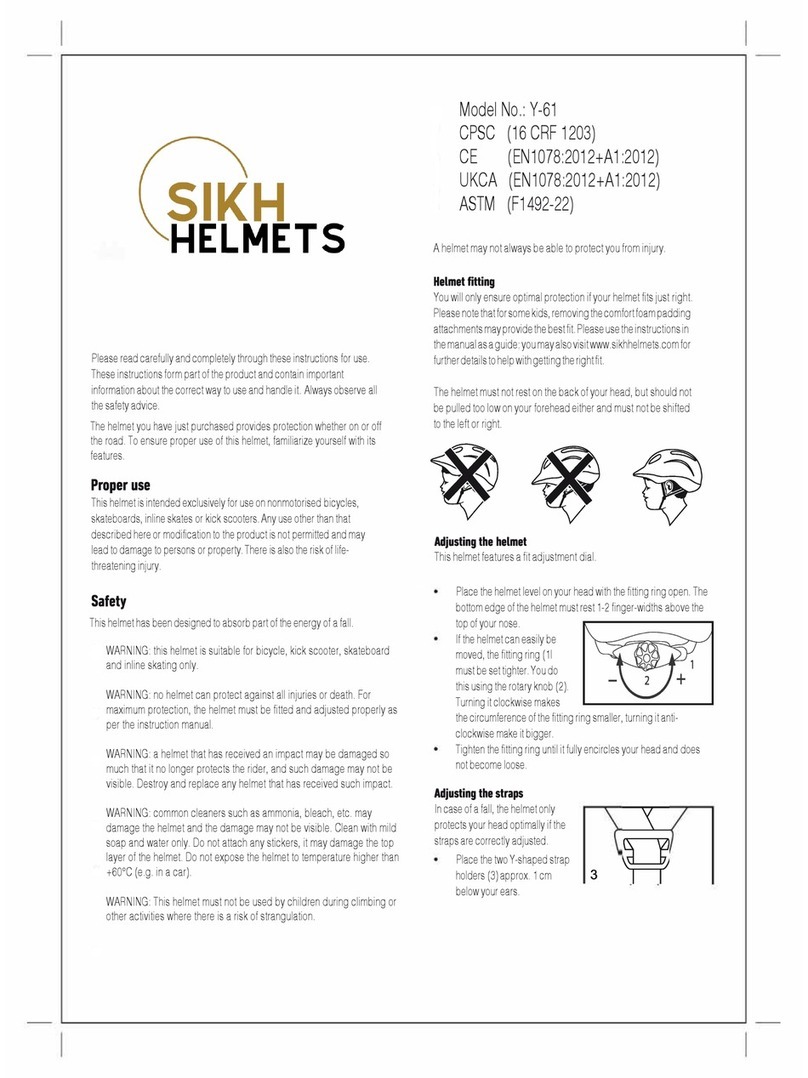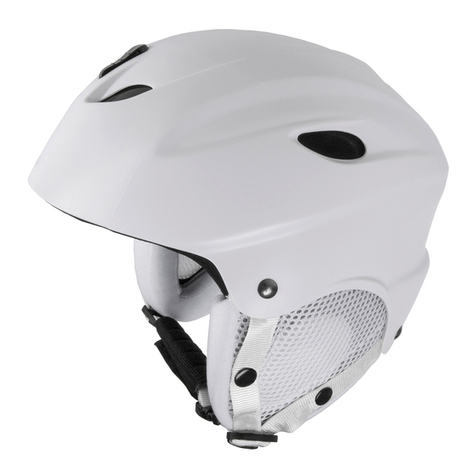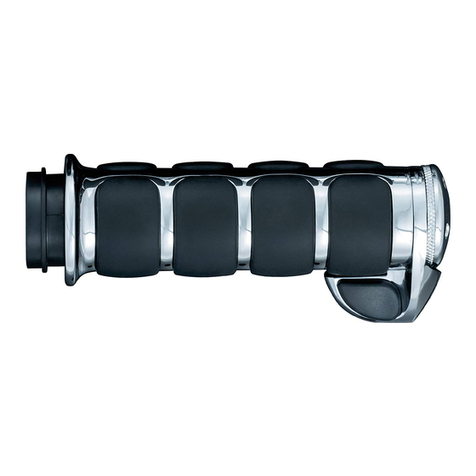PAIRING QUICK GUIDE
1) Press PAIR switches, until LED
goes to a solid color, to manually
power off Shouldermic and Motor.
(radio “on” and headset connected)
2) Press and hold Motor PAIR
switch until LED toggles red-green-
red-green, then immediately:
3) Press and hold Shouldermic
PAIR switch until LED toggles red-
green-red-green.
4) After 10-15 sec, a green pulse
every 7 sec will confirm PAIR is
established.
CUT
CHARGING
The shouldermic contains a rechargeable
Li-Ion battery that powers the internal
wireless (Bluetooth) transceiver, and
should be charged each day with the
provided charger.
To charge:
—Plug charger into a wall outlet. The
charger will display a green LED.
—Connect the shouldermic. The LED on
charger will display a red LED.
A full charge may take 3-4 hours
depending on the current level of the
battery.
Green (no shouldermic
connected) = ready to charge
Green (connected to
Red = Charging
CHARGER—STATUS LED
A fully charged battery will last a
minimum of 16 hours (continuous audio).
Although the battery may last for more
than one day’s use, it is recommended
that it be charged daily. Always leave the
shouldermic charging when not in use.
Li-ion batteries do not have the memory
issues found on Ni-Cad batteries.
Therefore it is not necessary to fully drain
the battery before charging.
IMPORTANT: If the internal Li-Ion
battery in the shouldermic were to fail,
the helmet headset will continue to
operate with the portable radio as
described in Mode 2 of the operations
section. Handlebar PTT switches will be
disabled and no longer operate.
NOTE: If the portable radio battery were
to fail, the helmet headset will continue to
operate with the motorcycle radio (if
applicable) and with the PA system.
The Bluetooth® word mark and logos are registered trademarks owned by
Bluetooth SIG, Inc. and any use of such marks are under license.
Motor-One Wireless is a trade-mark of PVP Communications.
All Motor-One™Wireless shouldermic are protected by
U.S. Patent No. 6,311,052 & 7,062,301
Motor-One™
